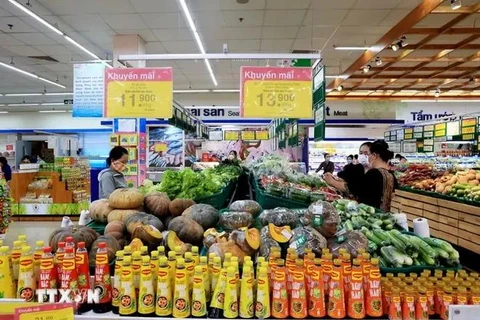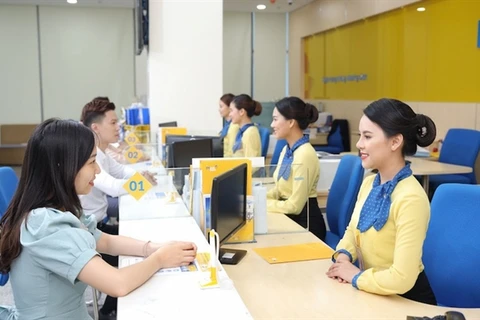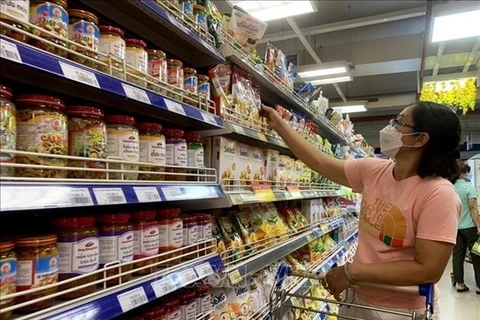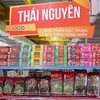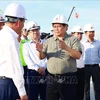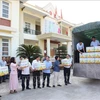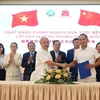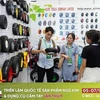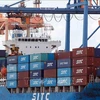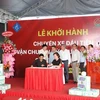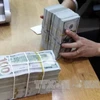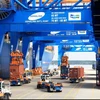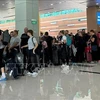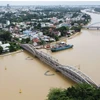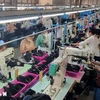Hanoi (VNA) - Not only have many new supermarkets and shopping centres opened, but Hanoi has also become an attractive destination for leading global retail groups such as Central Group (a top Thai conglomerate), Lotte from the Republic of Korea, and Aeon from Japan.
Dr. Le Quoc Phuong, former Deputy Director of the Industrial and Trade Information Centre under the Ministry of Industry and Trade, noted that in 1954, Hanoi was a very small city with an area of 130 square kilometres and about 380,000 residents, and had only eight administrative units, with a very modest commercial infrastructure.
However, Hanoi has since developed significantly in both scale and area, especially after the merger of Ha Tay province and part of Hoa Binh province into the capital city. The city now has a population of 8.5 million and spans an area of 3,358 square kilometres.
Notably, the local commercial infrastructure has changed significantly over the past seven decades. “Before 1954, Hanoi had only a few markets and retail shops to meet the daily needs of its residents. Today, the commercial landscape in Hanoi has developed remarkably, with nearly 30 shopping centers, 150 supermarkets, and thousands of convenience stores, and these numbers continue to grow,” Phuong said.

Highlighting the significance of trade agreements, Phuong noted that alongside attracting investment, Hanoi’s trade has grown both domestically and internationally.
As of now, Hanoi ranks among the top 10 exporting localities in Vietnam. In 2023, it came eighth, with nearly 17 billion USD, accounting for 5% of the country’s total export turnover.
“Trade has become one of the major economic sectors of Hanoi, serving not only the daily needs of the people but also meeting the demands of industrial and agricultural production, services, and import-export activities, contributing to the capital’s economic growth. Hanoi has risen to become the economic locomotive of the northern region and the entire country,” Phuong said.

According to statistics from the Hanoi Department of Industry and Trade, in addition to the supermarket system and shopping malls, Hanoi consumers have grown familiar with convenience store chains - a new grocery model, such as Winmart, Co.op Food, Ecofood, and Tomita Mart, as well as electronics retailers like Nguyen Kim, Mobile World, and MediaMart.
Economist Nguyen Minh Phong said trade and services have significantly contributed to Hanoi’s Gross Regional Domestic Product (GRDP)’s growth.
Hanoi continues to establish itself as an attractive destination for foreign investors. In the first seven months of 2024, the city attracted 1.3 billion USD in foreign direct investment (FDI), a year-on-year rise of 65%.

AEON Vietnam General Director Furusawa Yasuyuki said the group considers Vietnam its second most important market for business development, following Japan.
AEON aims to open 30 shopping centres in Vietnam by 2030, focusing on major cities, including Hanoi.
According to Akiyama Naoki, Director of Operations and Chief Financial Officer of Uniqlo Vietnam, made-in-Vietnam products, including those from Hanoi, are available not only in 23 domestic stores but also distributed to over 2,400 stores in Uniqlo’s global network./.
